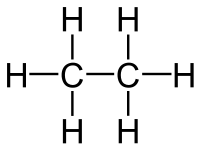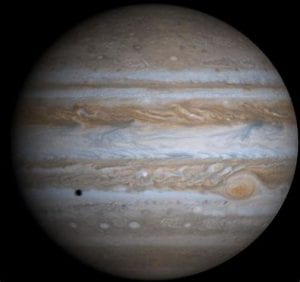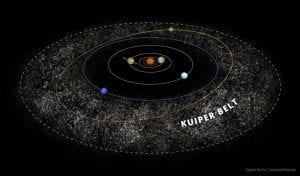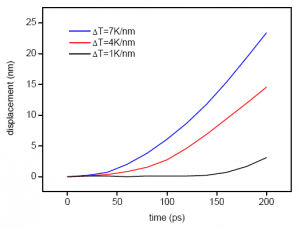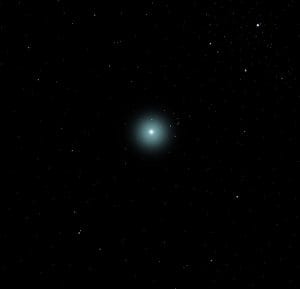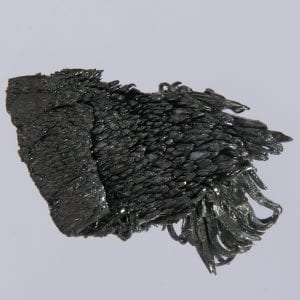A B C . . . It’s Easy As 1 2 3 4 5 6 7 8 9 10 ~ SBC Week 6😛
Hey everyone! Welcome back to my blog! Today, I will be doing the sCIENCE aLPHABET! I hope you all enjoy! Let’s begin!
A . . . is for Aurora – Illumination of the sky caused when electrons and protons from space collide with atoms and molecules of air in Earth’s upper atmosphere
B . . . is for Big Bang Theory (Not the TV show) – Most accepted theory to describe the origin and evolution of the universe
C . . . is for Climatology – Study of Climate; humidity, temperature, winds, etc.
D . . . is for Dark Matter – Matter that can’t be detected by current instruments, although its existence can be inferred by its gravitational interactions
E . . . is for Ethane – Colorless and odorless gas that belongs to the alkane series of hydrocarbons
F . . . is for Frequency – Rate at which a wave moves: number of full cycles performed by the wave in a second
G . . . is for Galaxy – Structure formed by an assembly of thousands of millions of stars together with gas and dust
H . . . is for Hydrazine – Storable liquid propellant used on spacecraft
I . . . is for Igneous Rock – Rock that has been crystalized from a molten state
J . . . is for Jupiter – Fifth planet out from the sun and the first and largest of the gas giants
K . . . is for Kuiper Belt – Spherical region of the outer Solar System populated by numerous “ice dwarfs”
L . . . is for Leonids – Meteor shower which occurs around November 17 each year
M . . . is for Magnetosphere – Region surrounding a planet which contains charged particles controlled by the planet’s magnetic field
N . . . is for Nebula – Cloud of dust and gas in space
O . . . is for Occultation – Complete or partial eclipsing of one astronomical object by another
P . . . is for Perihelion – Point in a planet’s orbit when it is nearest to the sun
Q . . . is for Quark – Elemental particle which is believed to be the fundamental structural unit from which all other particles are made
R . . . is for Red Giant – An old star that has used up all the hydrogen in its nucleus and uses other elements as fuel to keep shining
S . . . is for Solar Flare – Sudden violent explosion on the sun which occurs above complex active regions in the photosphere
T . . . is for Thermal Gradient – Rate at which the temperature changes with position
U . . . is for Ultra Luminous Infrared Galaxies (ULIRG) – Type of galaxy which is very bright when observed at infrared wavelengths
V . . . is for Voyager Satellite – Name of two NASA spacecrafts designed to study the outer planets
W . . . is for White Dwarf – A very dense star with a mass below 1.4 solar masses that is no longer burning nuclear fuel
X . . . is for XEUS Mission – Future global x-ray astronomy mission
Y . . . is for Yttrium – Metallic element usually included in the rare-earth group that occurs usually with other rare elements in minerals
Z . . . is for Zonal Wind – Atmospheric wind component which flows along the latitude
I got all of the words and definitions from Science Glossary and Merriam-Webster(Only for Y)! I learned a lot of things from doing this. I learned how an aurora is formed. I also learned that solar flares are just little explosions on the surface of the sun. I hope you learned as much as I did!
I had TONS of fun finding all these picture…for some reason. It took me about 30 minutes to put all of them in though :P. Maybe it was because I kept on getting distracted, but that’s off topic. I really hope you all enjoyed this post! See you all next week!




